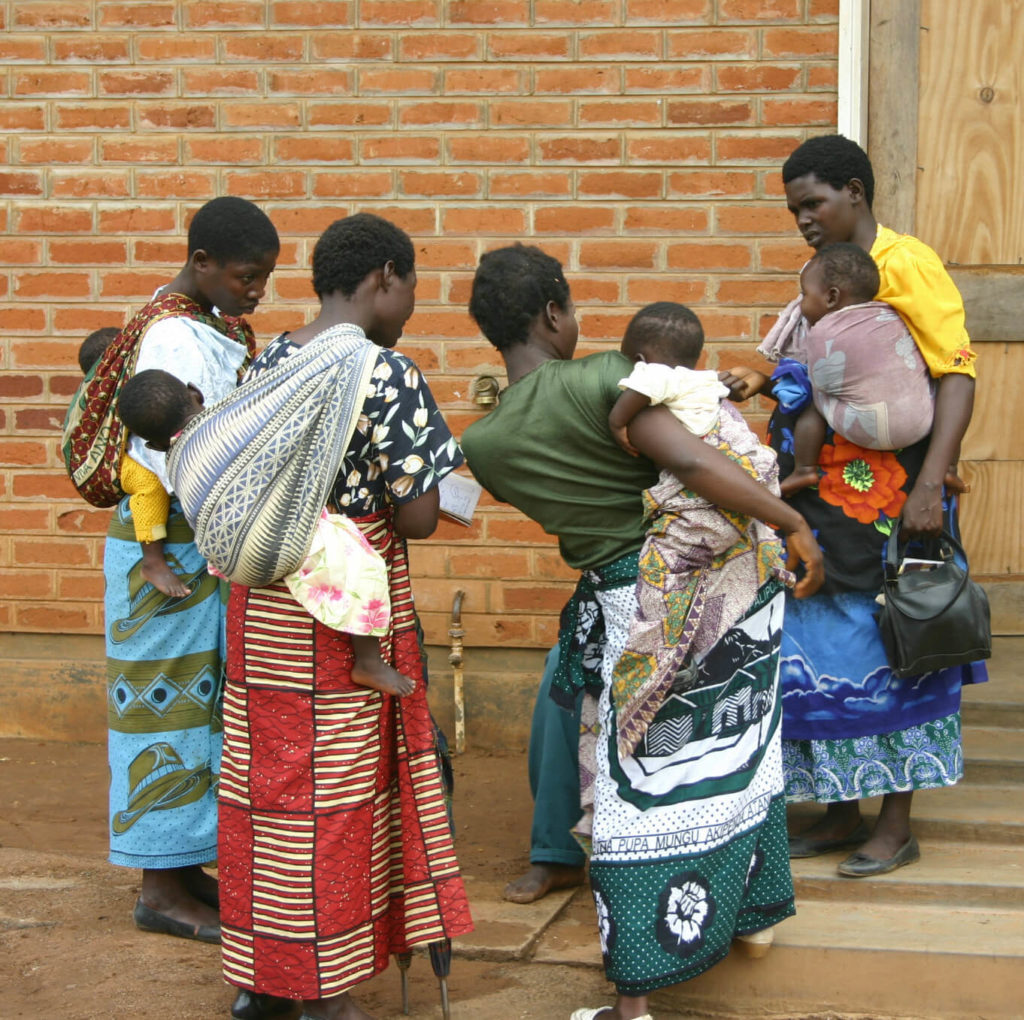Malawi Leads Prevention of Mother-to-Child Transmission of HIV
Malawi Leads Prevention of Mother-to-Child Transmission of HIV

In 2011, Malawi implemented an ambitious and pioneering “test-and-treat” HIV strategy for pregnant and breastfeeding women, known as Option B+. Erik Schouten, Project Director of the District Health System Strengthening and Quality Improvement for Service Delivery Project in Malawi, supported the roll-out of the program. According to initial results of a study of the country’s prevention of mother-to-child transmission (PMTCT) program, the strategy has been successful thus far, and Erik has been invited to present the results of his team’s ongoing research at this year’s 9th International AIDS Society Conference on HIV Science in Paris, France. We sat down with Erik for a brief conversation.

Tell us a little about your professional trajectory.
I am trained as an MD and have a degree in public health. Before MSH, I worked for a number of organizations, including Médecins Sans Frontières, HealthNet International and the World Health Organization, mainly in humanitarian assistance programs. I have been with MSH in Malawi since 2003.
What’s the importance and main components of your work related to the prevention of HIV transmission from mother to child?
In 2010, WHO published new guidelines for PMTCT, in which two different options were proposed. Both options in the guidelines included CD4 count testing. In Malawi, access to reliable CD4 count testing was not available in the vast majority of health facilities. The Ministry of Health wanted to make optimal PMTCT services available in all health facilities where women come for antenatal care and maternity services. The only feasible option, which was not included in the WHO guidelines, was an approach that was not based on CD4 count testing. Malawi decided to offer all HIV infected pregnant or breastfeeding women antiretroviral therapy for life, irrespective of CD4 count and WHO clinical stage. This approach, the so-called Option B+, was an immediate success. Within a couple of years, many countries followed Malawi’s example, and Option B+ was included in following WHO guidelines. At that time I was working as the HIV coordinator in Malawi’s Ministry of Health and I was part of the team that proposed Option B+. I spent more than a year on the development and roll out of Option B+ in Malawi.
What are some of the biggest challenges in this area of work?
One of the biggest challenges when proposing novel approaches is that many people and organizations need to be convinced that the proposed new approach is the right thing to do. The people to convince might include the management at the Ministry of Health, the CCM (Country Coordination Mechanism), the National AIDS Commission, development partners (e.g. UN family, U.S. government, bilateral donors) and other donors. We also had to defend this new approach to some researchers, who claimed that Option B+ was not researched enough and there was no evidence that the approach worked.
Your team is looking at more than 3,000 HIV-positive mothers in Malawi in an effort to evaluate the effectiveness and impact of the country’s prevention of mother-to-child transmission program. What were the main findings?
We are implementing the study on behalf of the Ministry of Health, together with Dignitas International. We are looking at the effectiveness of the Malawi PMTCT program in a representative sample of the Malawi health facilities. The main finding is that the Malawi PMTCT program based on Option B+ works: the uptake of ART among pregnant and breastfeeding women is high and the transmission of HIV to infants is low.
How can the work you’ve been involved in Malawi help other countries in Africa in their fight against HIV transmission?
Option B+ is a successful intervention; it has helped to prevent many thousands of HIV infections in children in Malawi alone. Malawi was the first country where Option B+ was rolled out and many countries followed the example of Malawi.
What do you hope to see in the future?
The importance of this study is to document that the Malawi approach to PMTCT (Option B+) actually works. I hope that in future we can further develop simple approaches that reach all mothers to prevent HIV in infants and keep mothers alive and healthy. We have laid the foundation through Option B+ but need to do more work for further improvements. An example is that infants born to women who started ART before their pregnancy are half as likely to be infected in comparison to women who started ART during their pregnancy. How can we identify and help more HIV-infected women start ART before their first pregnancy?